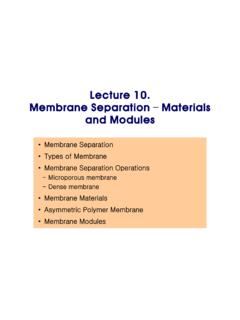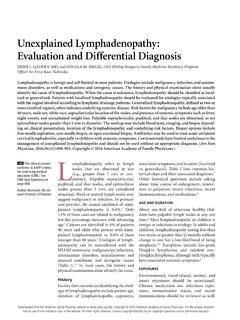Search results with tag "Rubbery"
GLASS TRANSITION IN RUBBERY MATERIALS
polymerphysics.netGLASS TRANSITION IN RUBBERY MATERIALS 5. distance of chains. 31,32) The fact that s(T) for polymers is governed more by temperature than volume is ironic, given the historic attraction of free volume models in analyses of polymer viscoelastic properties. 21.
Lecture 10 Membrane separation-materials and modules
www.cheric.orgMembrane Materials (2) •Transition temperatures in polymers-Glass-transition temperature, Tg: the temperature where a glassy polymer becomes rubbery-Melting temperature, Tm: the temperature where a crystalline polymer becomes a melt-Most polymers have both amorphous and crystalline regions: degree of crystallinityvarying from 5 to 90%
A Beginner’s Guide - PerkinElmer
www.perkinelmer.comA Modulus values change with temperature and transitions in materials can be seen as changes in the E’ or tan delta curves. This includes not only the glass transition and the melt, but also other transitions that occur in the glassy or rubbery plateau, shown in Figure 3. These transitions indicate subtler changes in the material.
Unexplained Lymphadenopathy: Evaluation and …
www.aafp.orgDec 01, 2016 · rubbery lesion that is immobile or fixed may represent a malignancy, although in general, qualitative characteristics are unable to reli-ably predict malignancy. Painful or tender



